Home>Storage & Organization>Kitchen Organizing Tools>How To Get Rid Of Ammonia Smell From Cat Urine In The Litter Box
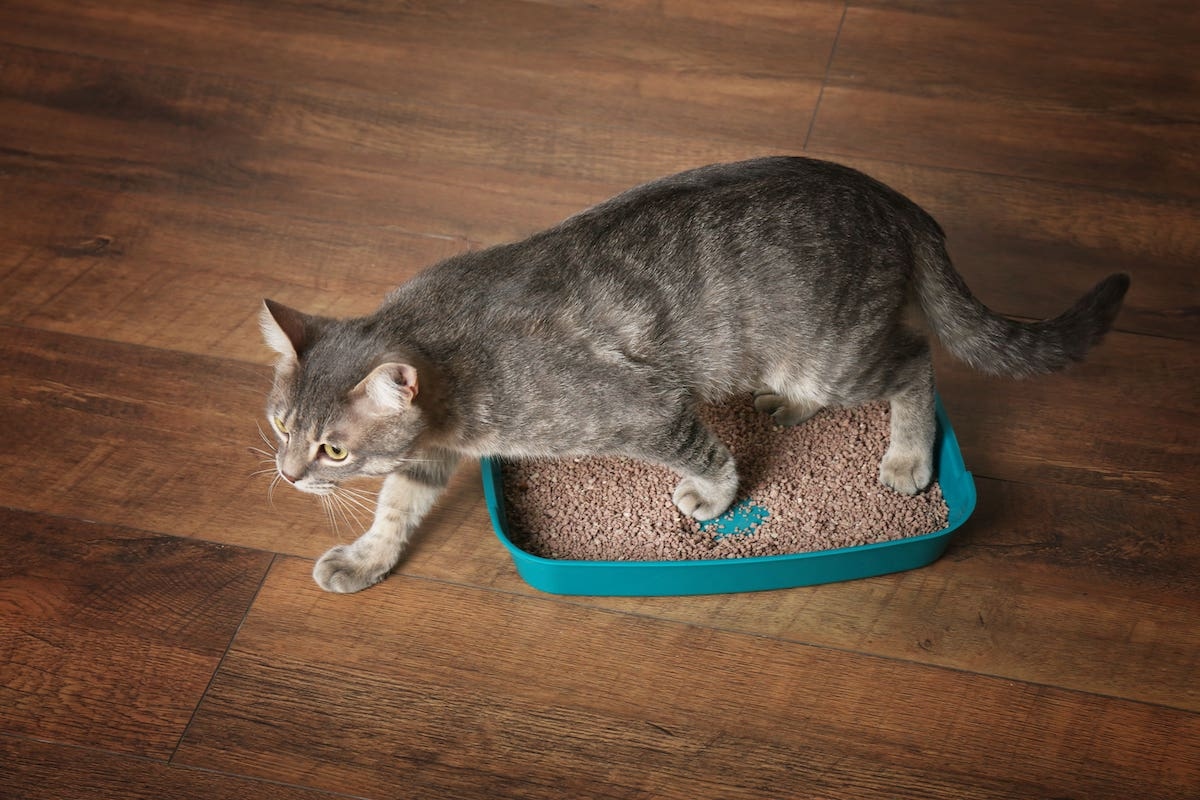

Kitchen Organizing Tools
How To Get Rid Of Ammonia Smell From Cat Urine In The Litter Box
Modified: March 2, 2024
Learn effective ways to eliminate ammonia smell from cat urine in the litter box using kitchen organizing tools. Say goodbye to unpleasant odors with these simple tips!
(Many of the links in this article redirect to a specific reviewed product. Your purchase of these products through affiliate links helps to generate commission for Storables.com, at no extra cost. Learn more)
Introduction
Dealing with the pungent ammonia smell emanating from a cat's litter box can be a challenging and unpleasant experience for any pet owner. The overpowering odor not only affects the ambiance of your home but also poses potential health risks to both humans and feline companions. However, with the right approach and tools, it's possible to effectively eliminate the ammonia smell and create a fresh and hygienic environment for both you and your beloved pet.
In this comprehensive guide, we will explore practical strategies and tips to tackle the ammonia smell from cat urine in the litter box. From understanding the source of the odor to implementing regular cleaning routines and selecting the appropriate litter, we will delve into various aspects of maintaining a clean and odor-free litter box. Additionally, we will discuss the importance of using odor-neutralizing products and ensuring proper ventilation in the litter box area to combat the persistent ammonia smell effectively.
By following the insights and recommendations provided in this guide, you can transform the maintenance of your cat's litter box from a daunting chore into a manageable and rewarding task. Let's embark on this journey to discover the best practices for maintaining a fresh and inviting litter box environment for both you and your feline companion.
Key Takeaways:
- Regular cleaning, choosing the right litter, and using odor-neutralizing products are essential to combat the ammonia smell in your cat’s litter box. These steps create a fresh and inviting environment for your feline friend.
- Proper ventilation and strategic placement of the litter box also play a crucial role in managing the ammonia smell. By prioritizing cleanliness and airflow, you can ensure a pleasant and hygienic space for your cat.
Understanding the source of the ammonia smell
The unmistakable ammonia smell that often permeates from a cat's litter box is primarily attributed to the breakdown of urea in the cat's urine. Urea, a natural compound excreted in urine, undergoes a chemical reaction when it comes into contact with bacteria. This reaction results in the release of ammonia gas, which is responsible for the potent and unpleasant odor that lingers in the vicinity of the litter box.
It's essential to recognize that the concentration of ammonia in the urine increases as it sits in the litter box, especially if the box is not cleaned regularly. This buildup of ammonia can not only create an offensive odor but also pose health risks to both humans and cats. Prolonged exposure to high levels of ammonia can lead to respiratory issues and discomfort for both pets and their owners.
Moreover, the ammonia smell can be exacerbated by factors such as poor ventilation in the litter box area, the type of litter used, and the frequency of litter box maintenance. Understanding these contributing factors is crucial in devising an effective strategy to combat the ammonia smell and maintain a hygienic environment for both the cat and its human companions.
By gaining insight into the source of the ammonia smell, pet owners can appreciate the importance of proactive measures to address this issue. From implementing regular cleaning and maintenance routines to selecting the appropriate litter and utilizing odor-neutralizing products, a comprehensive approach is necessary to effectively mitigate the ammonia smell and ensure a pleasant and healthy living environment for both cats and their owners.
Understanding the chemical processes and environmental factors that contribute to the ammonia smell from cat urine empowers pet owners to make informed decisions and take proactive steps to address this common issue. With this knowledge as a foundation, we can now explore practical strategies to combat the ammonia smell and maintain a fresh and inviting litter box environment.
Regular cleaning and maintenance of the litter box
Regular cleaning and maintenance of the litter box are fundamental in combating the persistent ammonia smell associated with cat urine. Establishing a consistent cleaning routine not only minimizes the buildup of ammonia but also promotes a hygienic and inviting environment for both the cat and its human companions.
To initiate an effective cleaning regimen, it is essential to scoop the litter box at least once or twice daily. Removing clumps of urine and feces promptly prevents the accumulation of ammonia and minimizes the spread of odor. Additionally, replenishing the litter as needed, typically on a weekly basis, ensures that the litter box remains fresh and absorbent, reducing the potential for ammonia formation.
Thoroughly cleaning the litter box on a regular basis is equally crucial. This involves emptying the entire contents of the box, scrubbing it with mild detergent, and rinsing it thoroughly to eliminate any residual odor. It is important to use unscented detergents to avoid introducing conflicting fragrances that may deter the cat from using the litter box.
Incorporating baking soda into the litter box can also aid in neutralizing odors. Sprinkling a thin layer of baking soda at the bottom of the box before adding the litter can help absorb moisture and minimize the formation of ammonia. This simple yet effective addition can significantly contribute to odor control between regular cleanings.
Furthermore, investing in a high-quality litter box with a smooth, non-porous surface facilitates easier cleaning and reduces the likelihood of odor retention. Smooth surfaces are less prone to trapping bacteria and odors, simplifying the cleaning process and promoting a more sanitary environment for the cat.
By diligently adhering to a comprehensive cleaning and maintenance routine, pet owners can effectively manage the ammonia smell in the litter box, creating a fresh and comfortable space for their feline companions. Consistency and thoroughness in cleaning practices are key to mitigating the buildup of ammonia and ensuring a hygienic and inviting environment for both the cat and its human household members.
Choosing the right type of litter
Selecting the appropriate litter for your cat's litter box is a critical factor in managing the ammonia smell emanating from cat urine. With a myriad of options available in the market, pet owners can tailor their choice of litter to effectively control odor and create a comfortable environment for their feline companions.
Clumping litter, made from materials such as clay, corn, or wheat, is a popular choice due to its ability to form solid clumps when in contact with moisture. These clumps can be easily scooped out, facilitating the removal of urine and minimizing the buildup of ammonia. Additionally, clumping litter tends to be highly absorbent, effectively capturing odors and moisture to maintain a fresher litter box environment.
Silica gel litter, composed of porous granules, is another viable option for controlling ammonia odor. This type of litter excels in absorbing moisture and neutralizing odors, including the pungent smell of ammonia. The porous nature of silica gel allows it to effectively trap and contain odors, contributing to a more pleasant and hygienic litter box environment.
Biodegradable litters, such as those made from recycled paper, wood, or plant-based materials, offer an eco-friendly alternative while effectively managing ammonia odor. These litters are designed to absorb moisture and odors, providing a natural and sustainable solution for odor control in the litter box. Furthermore, the biodegradable nature of these litters aligns with environmentally conscious practices, appealing to pet owners seeking eco-friendly options.
Scented litters, infused with fragrances such as lavender, citrus, or pine, are designed to mask odors and impart a pleasant aroma to the litter box. While scented litters can effectively cover up the smell of ammonia, it is important to consider the preferences of the cat, as some felines may be sensitive to strong fragrances. Opting for lightly scented or unscented litters may be more suitable for cats with heightened sensitivity to fragrances.
Ultimately, the choice of litter should align with the preferences of both the cat and the pet owner, taking into account factors such as odor control, absorption capabilities, environmental impact, and the cat's comfort. By selecting the right type of litter, pet owners can effectively mitigate the ammonia smell in the litter box, fostering a clean and inviting space for their feline companions while promoting a harmonious cohabitation between pets and their human household members.
Regularly clean the litter box with a mixture of water and vinegar to neutralize the ammonia smell from cat urine. Sprinkle baking soda in the box to absorb odors.
Using odor-neutralizing products
In addition to regular cleaning and selecting the appropriate litter, incorporating odor-neutralizing products can significantly contribute to combating the persistent ammonia smell in the cat's litter box. These products are specifically formulated to target and neutralize odors, including the potent ammonia odor emanating from cat urine, thereby enhancing the overall freshness of the litter box environment.
One effective odor-neutralizing product is enzymatic cleaner, which contains enzymes that break down the organic compounds present in cat urine. These enzymes work to effectively eliminate the source of the odor, rather than simply masking it. When applied to the litter box and surrounding areas, enzymatic cleaners target the ammonia molecules, facilitating their breakdown and neutralization. This proactive approach not only eradicates the existing ammonia smell but also prevents its recurrence, promoting a consistently fresh and odor-free litter box environment.
Activated charcoal-based odor absorbers are another valuable addition to the arsenal of odor-neutralizing products. Activated charcoal possesses a porous structure that enables it to effectively trap and absorb odorous compounds, including ammonia. By strategically placing charcoal-based odor absorbers in the vicinity of the litter box, pet owners can significantly reduce the presence of ammonia odor, creating a more pleasant and hygienic environment for both the cat and its human companions.
Furthermore, air purifiers equipped with specialized filters designed to capture and neutralize odors can be strategically positioned near the litter box area. These purifiers work by circulating the air and capturing airborne particles, including ammonia molecules, thereby reducing the overall odor concentration in the surrounding space. By incorporating an air purifier into the litter box area, pet owners can proactively address the ammonia smell, promoting a cleaner and more breathable environment for both the cat and its human household members.
Additionally, scented litter additives and deodorizers can be utilized to impart a fresh and pleasant aroma to the litter box while effectively neutralizing ammonia odor. These additives are designed to complement the existing litter, enhancing its odor-controlling properties and creating a more inviting environment for the cat. However, it is important to ensure that the fragrance of these additives is mild and agreeable to both the cat and its human companions, avoiding overwhelming scents that may deter the cat from using the litter box.
By incorporating these odor-neutralizing products into the maintenance routine of the litter box, pet owners can effectively combat the persistent ammonia smell, creating a more enjoyable and hygienic environment for both the cat and its human household members. The proactive use of enzymatic cleaners, activated charcoal-based odor absorbers, air purifiers, and scented litter additives can significantly contribute to mitigating the ammonia odor, fostering a fresh and inviting space for the cat while enhancing the overall living environment for the entire household.
Ensuring proper ventilation in the litter box area
Proper ventilation in the litter box area plays a pivotal role in managing the ammonia smell and maintaining a fresh and hygienic environment for both the cat and its human companions. Adequate airflow is essential for minimizing the concentration of ammonia molecules and preventing the buildup of stale odors within the confined space of the litter box area.
To ensure effective ventilation, pet owners should consider the placement of the litter box within the household. Selecting a well-ventilated and relatively spacious area for the litter box helps facilitate air circulation, reducing the likelihood of stagnant odors accumulating in the vicinity. Avoiding enclosed or poorly ventilated spaces, such as closets or tight corners, is crucial in promoting a more breathable environment for the cat's litter box.
Strategic positioning of windows and vents in the vicinity of the litter box area can further enhance ventilation. Natural airflow from windows and vents can help disperse odors and prevent the accumulation of ammonia molecules in the surrounding space. Additionally, the introduction of a small fan or air circulation device near the litter box area can promote continuous airflow, minimizing the concentration of odors and contributing to a fresher environment.
Moreover, the use of odor-neutralizing air fresheners or natural air purifying methods, such as indoor plants, can aid in maintaining a pleasant atmosphere in the litter box area. These measures not only help combat the ammonia smell but also contribute to overall air quality, creating a more inviting and comfortable space for both the cat and its human household members.
Furthermore, maintaining cleanliness in the immediate surroundings of the litter box area is essential for effective ventilation. Regular dusting and cleaning of surfaces, as well as the removal of any accumulated litter or debris, prevent the buildup of odors and promote a cleaner and more breathable environment. Additionally, ensuring that the litter box area is free from obstructions and clutter allows for unobstructed airflow, contributing to a more hygienic and inviting space for the cat.
By prioritizing proper ventilation in the litter box area, pet owners can effectively mitigate the ammonia smell and create a more pleasant and comfortable environment for both the cat and its human household members. The implementation of strategic ventilation measures, coupled with regular cleaning and odor-neutralizing products, contributes to a comprehensive approach in managing the ammonia odor, fostering a fresh and inviting space for the cat's litter box within the household.
Conclusion
In conclusion, maintaining a fresh and odor-free environment in your cat's litter box is essential for the well-being of both your feline companion and the household. The persistent ammonia smell emanating from cat urine can be effectively managed through a comprehensive approach that encompasses regular cleaning and maintenance, the selection of the appropriate litter, the use of odor-neutralizing products, and ensuring proper ventilation in the litter box area.
By understanding the chemical processes that contribute to the ammonia smell and the environmental factors that exacerbate it, pet owners can proactively address this common issue. Implementing a consistent cleaning routine, which includes scooping the litter box daily, replenishing the litter, and thorough periodic cleanings, is fundamental in minimizing the buildup of ammonia and maintaining a hygienic environment.
Choosing the right type of litter, such as clumping litter, silica gel litter, or biodegradable options, plays a crucial role in controlling ammonia odor. The absorbent and odor-neutralizing properties of these litters contribute to a fresher and more comfortable litter box environment for both the cat and its human companions.
Incorporating odor-neutralizing products, such as enzymatic cleaners, activated charcoal-based odor absorbers, and air purifiers, further enhances the efforts to combat the persistent ammonia smell. These products target and neutralize odors, ensuring a consistently fresh and inviting space for the cat's litter box.
Ensuring proper ventilation in the litter box area is equally important, as it minimizes the concentration of ammonia molecules and prevents the buildup of stale odors. Strategic placement of the litter box, utilization of natural airflow, and the introduction of air circulation devices contribute to a more breathable and pleasant environment.
By integrating these strategies and practices, pet owners can effectively manage the ammonia smell from cat urine in the litter box, creating a clean, inviting, and hygienic space for their feline companions. This comprehensive approach not only enhances the living environment for the entire household but also promotes the well-being and comfort of the beloved cat.
In essence, maintaining a fresh and odor-free litter box environment is a testament to the care and dedication that pet owners extend to their feline companions. By prioritizing cleanliness, odor control, and ventilation, pet owners can ensure that the litter box remains a comfortable and hygienic space, fostering a harmonious cohabitation between pets and their human household members.
Frequently Asked Questions about How To Get Rid Of Ammonia Smell From Cat Urine In The Litter Box
Was this page helpful?
At Storables.com, we guarantee accurate and reliable information. Our content, validated by Expert Board Contributors, is crafted following stringent Editorial Policies. We're committed to providing you with well-researched, expert-backed insights for all your informational needs.
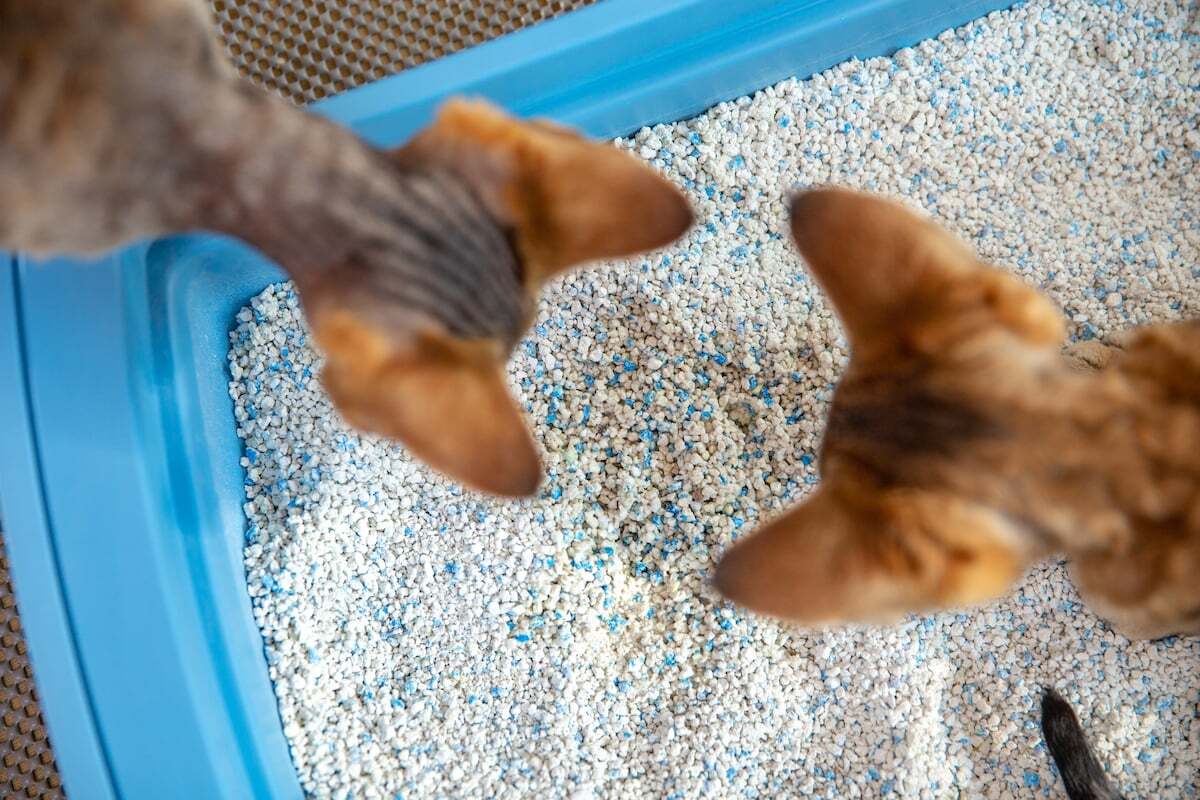
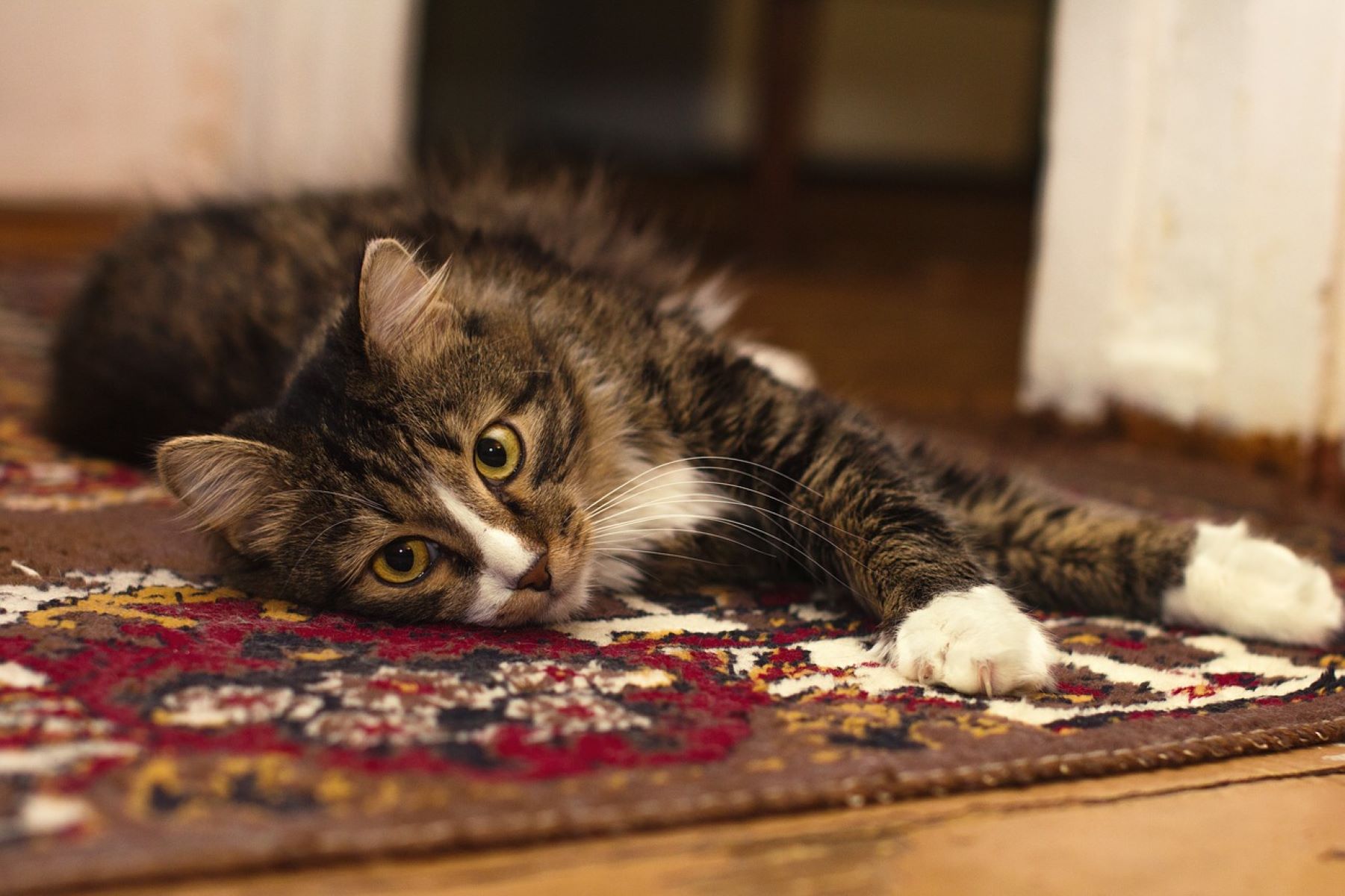
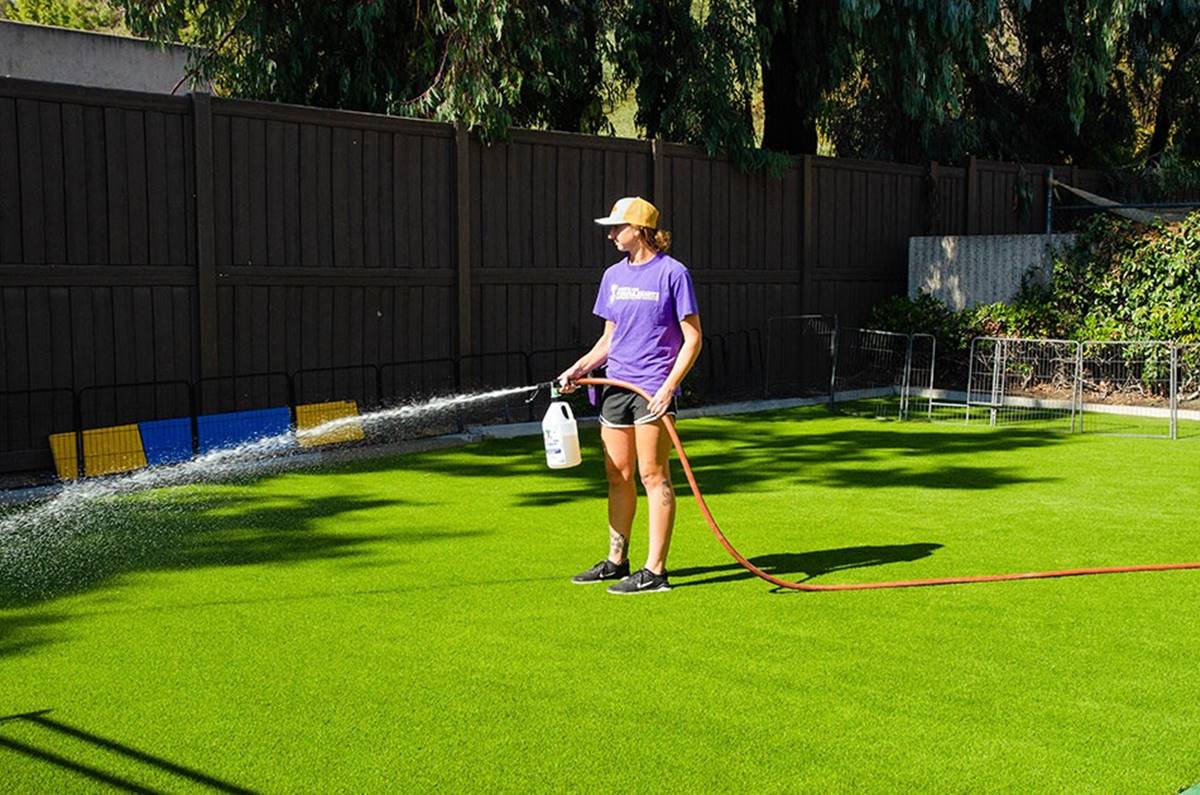

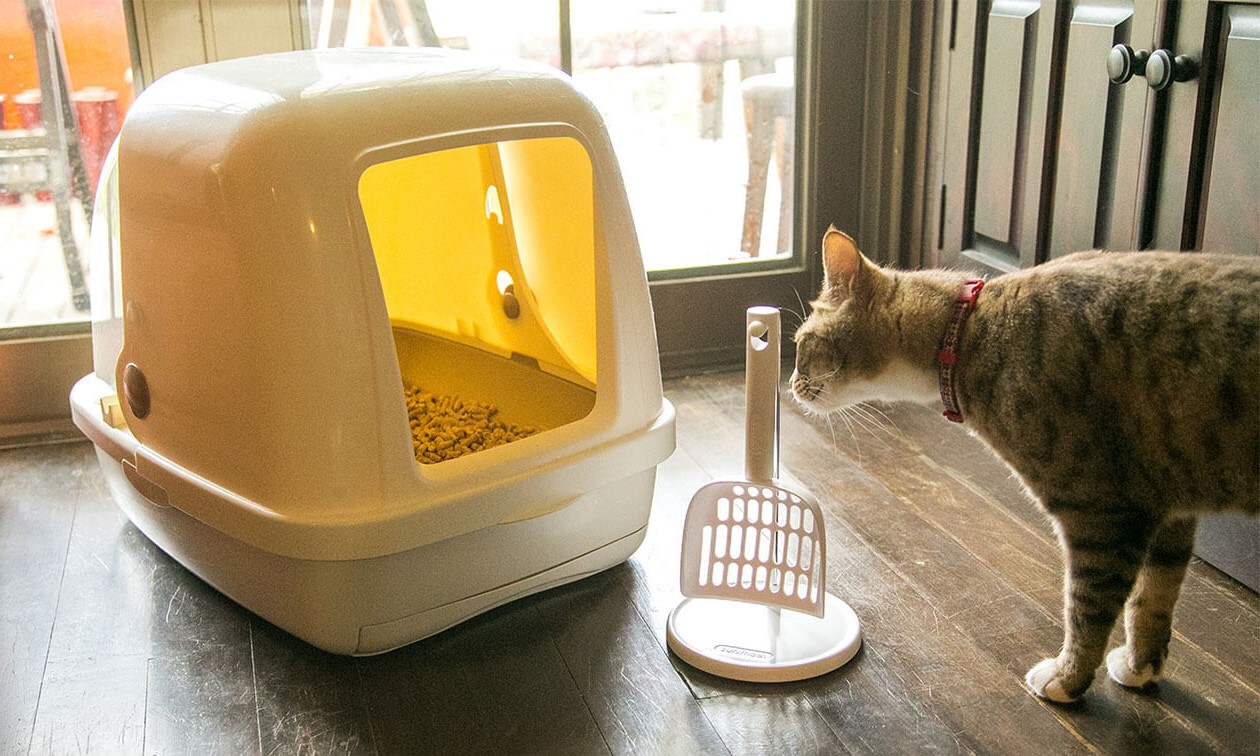
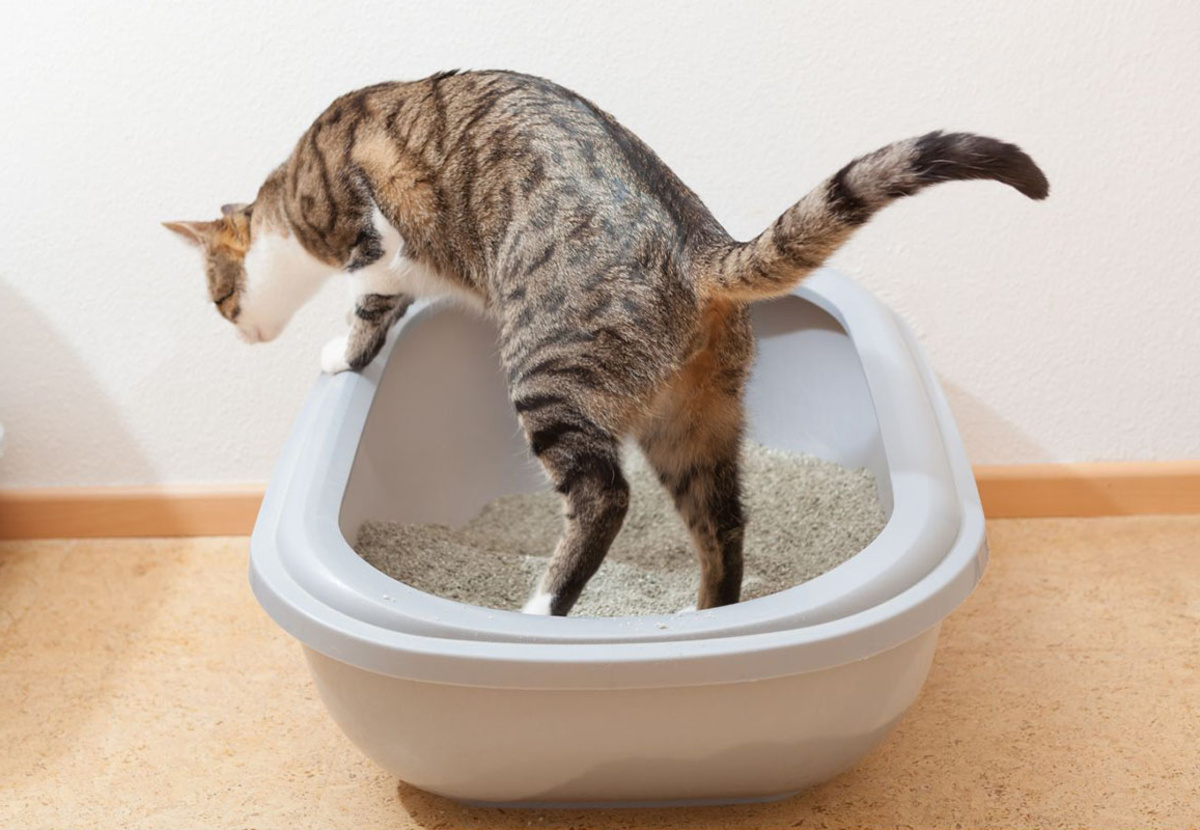
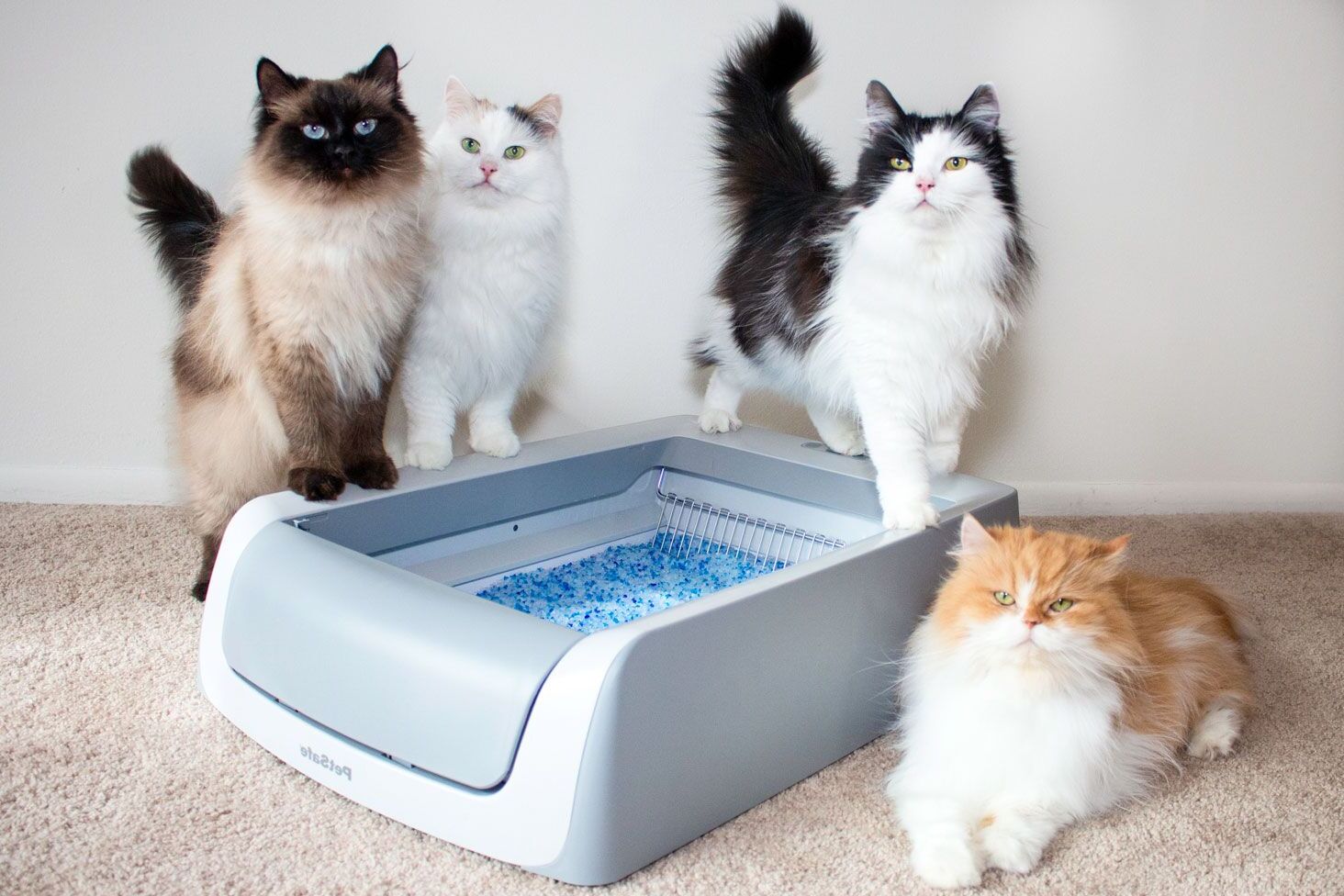
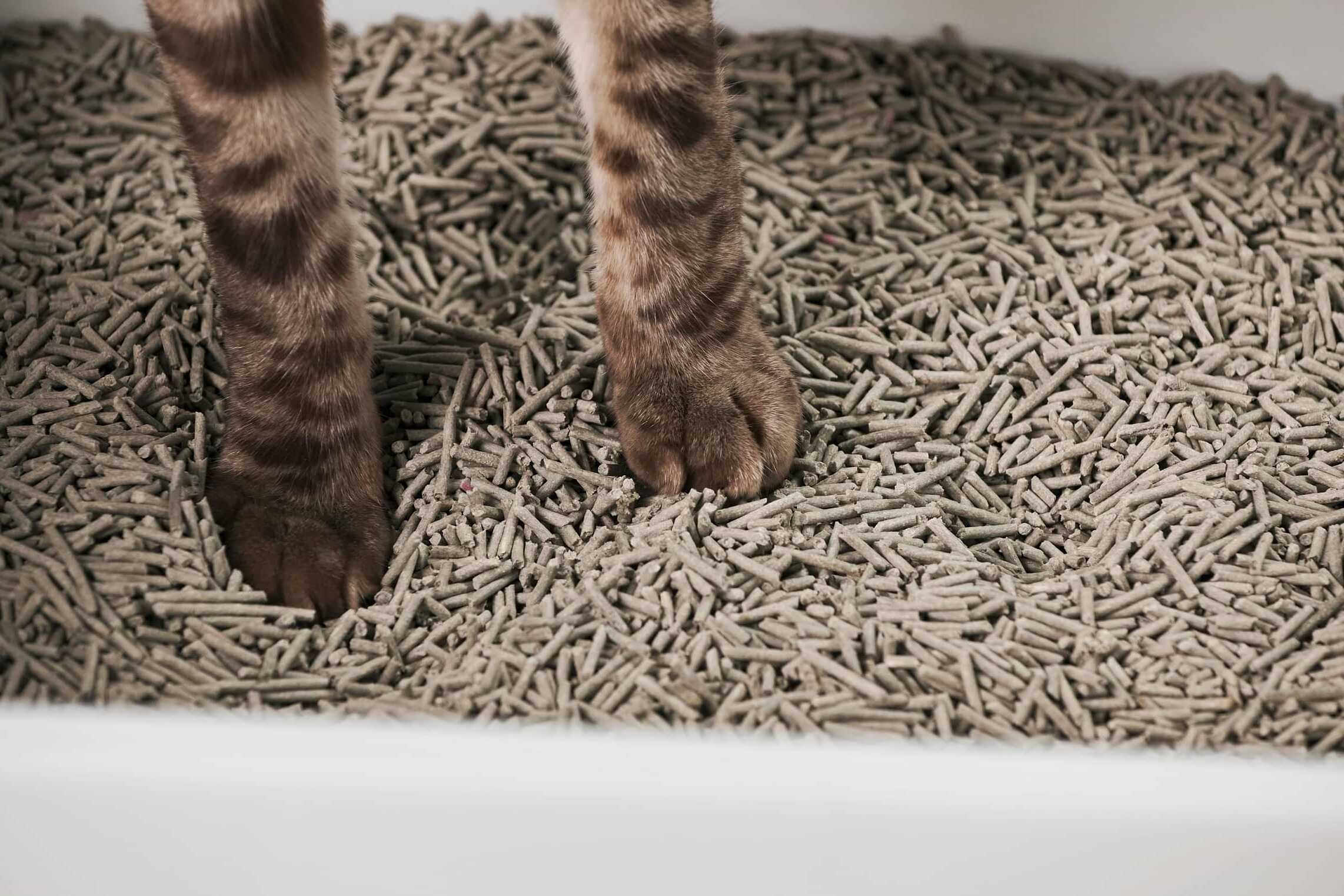

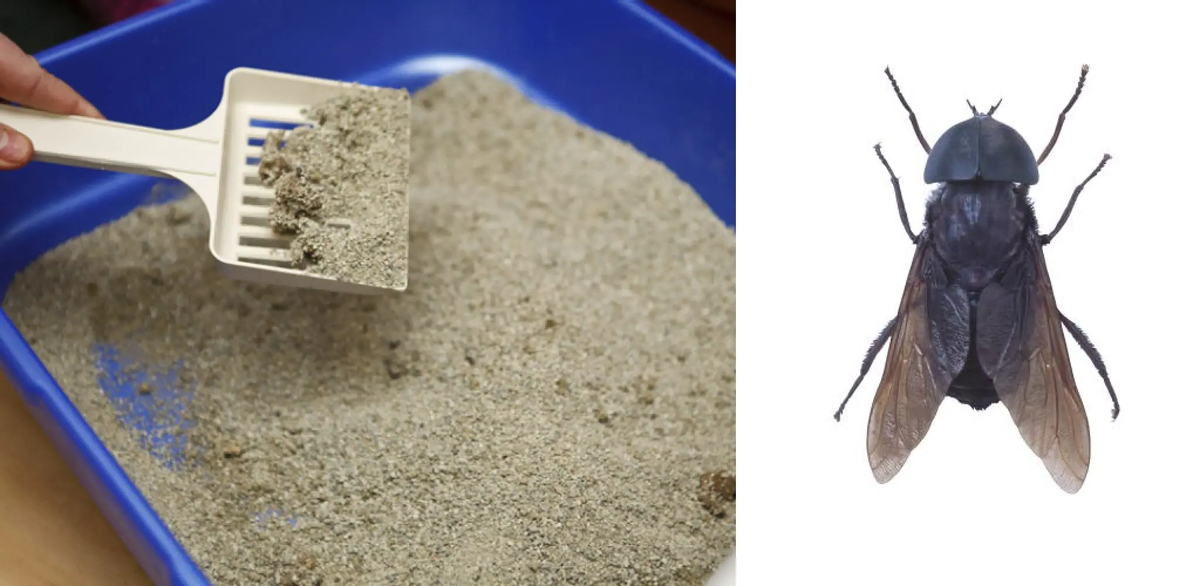
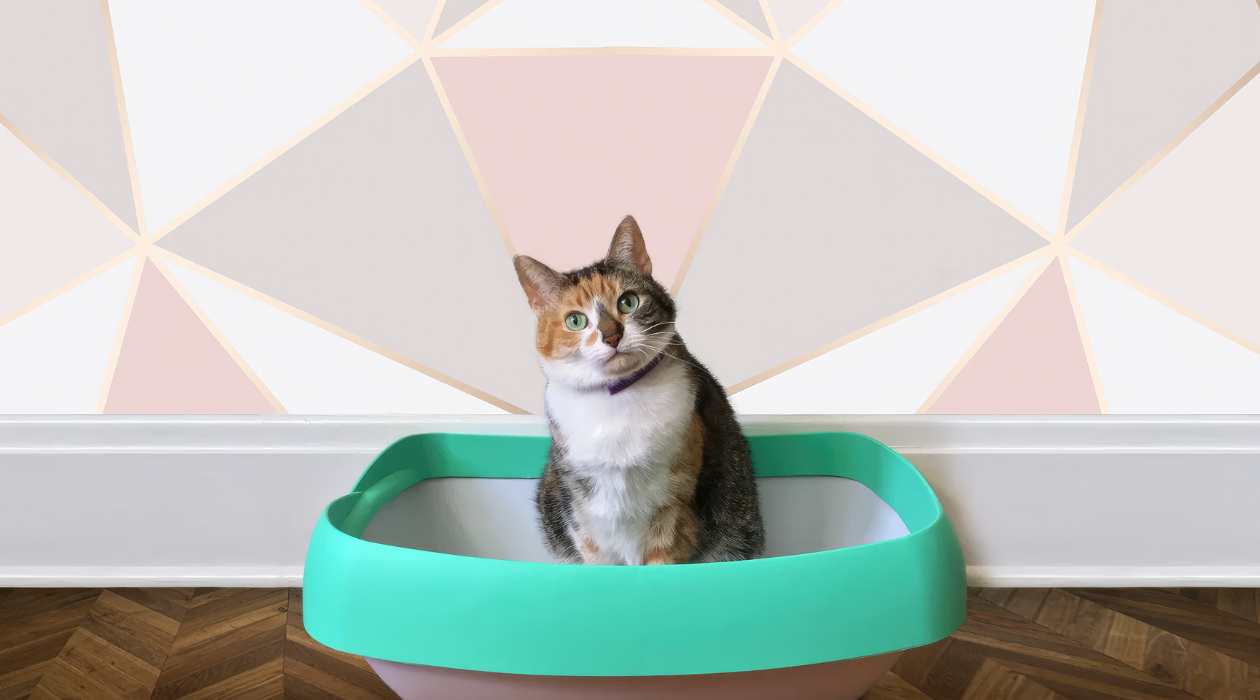
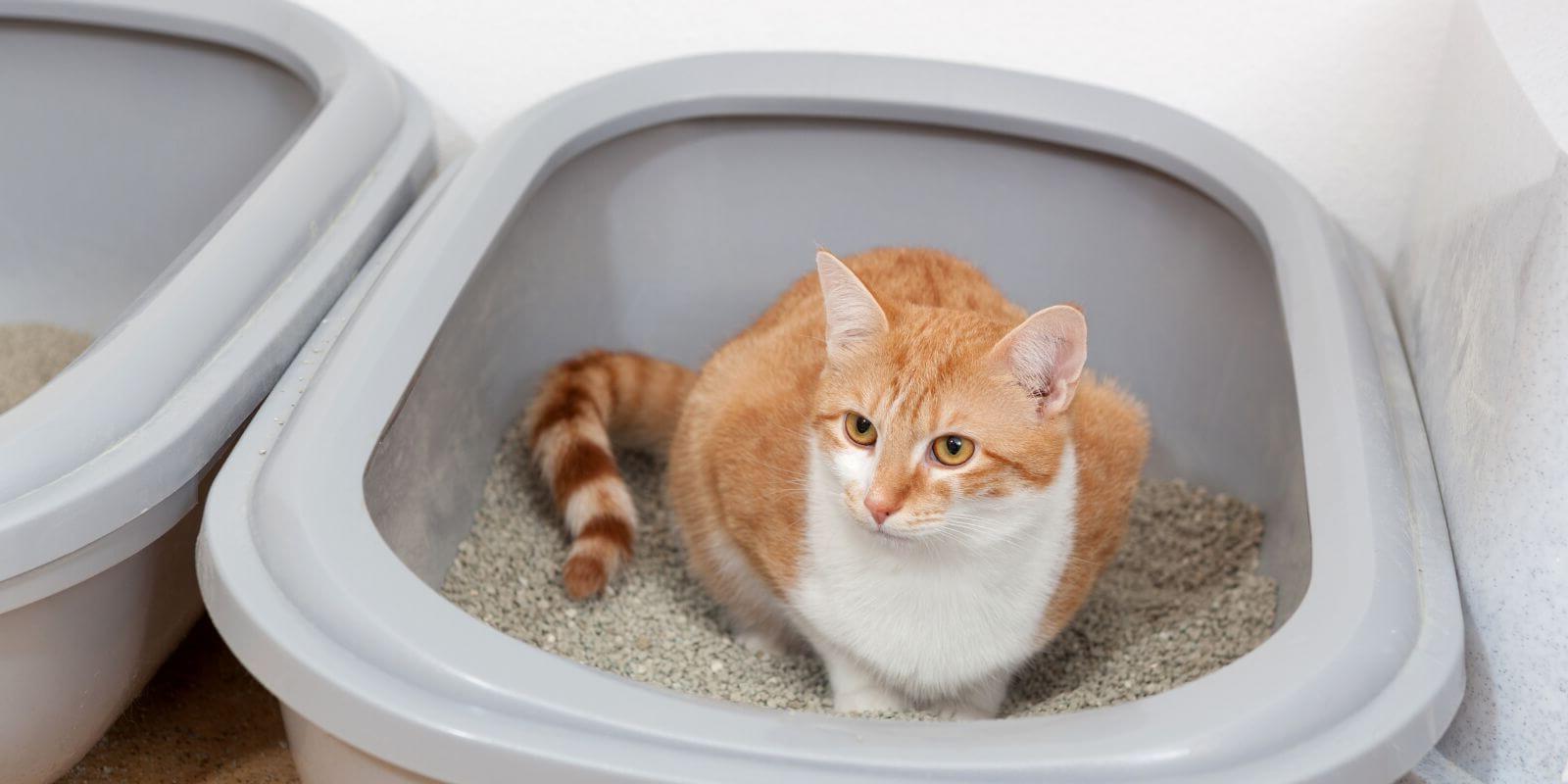
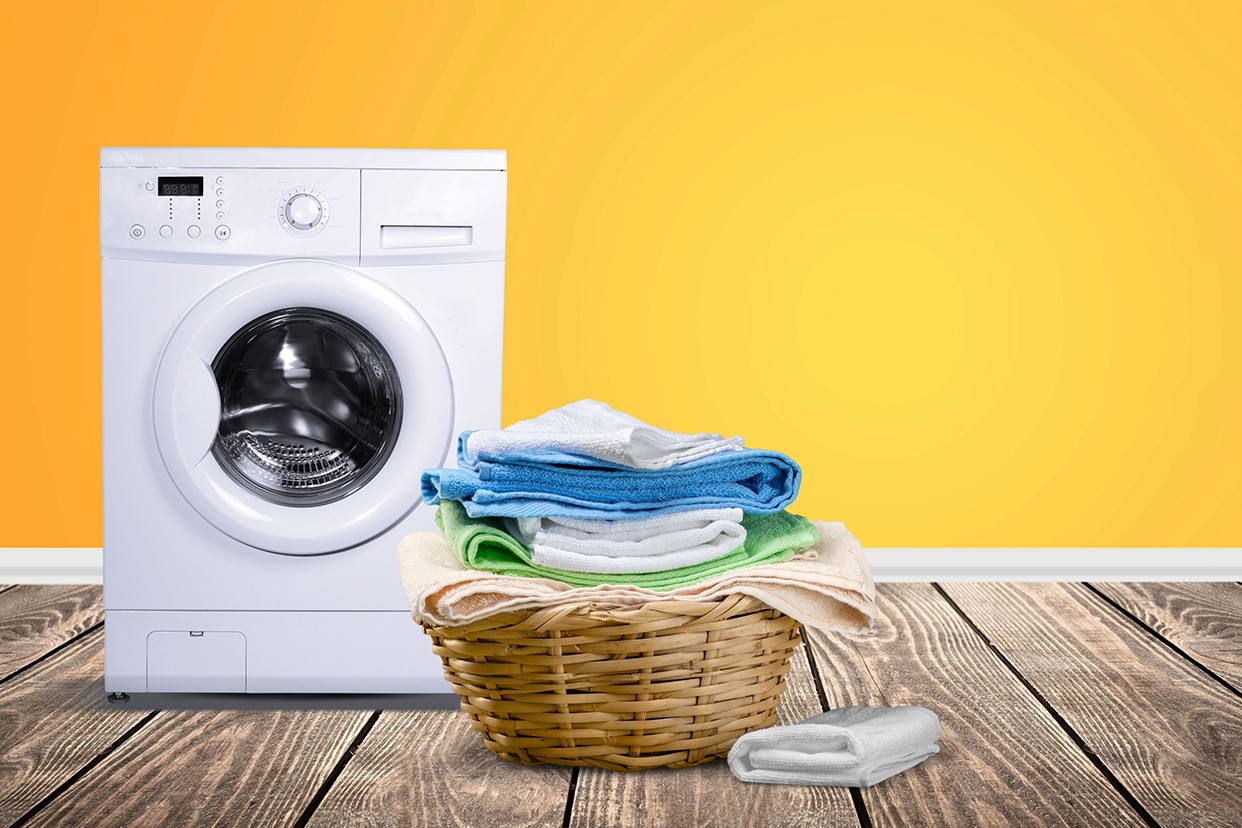
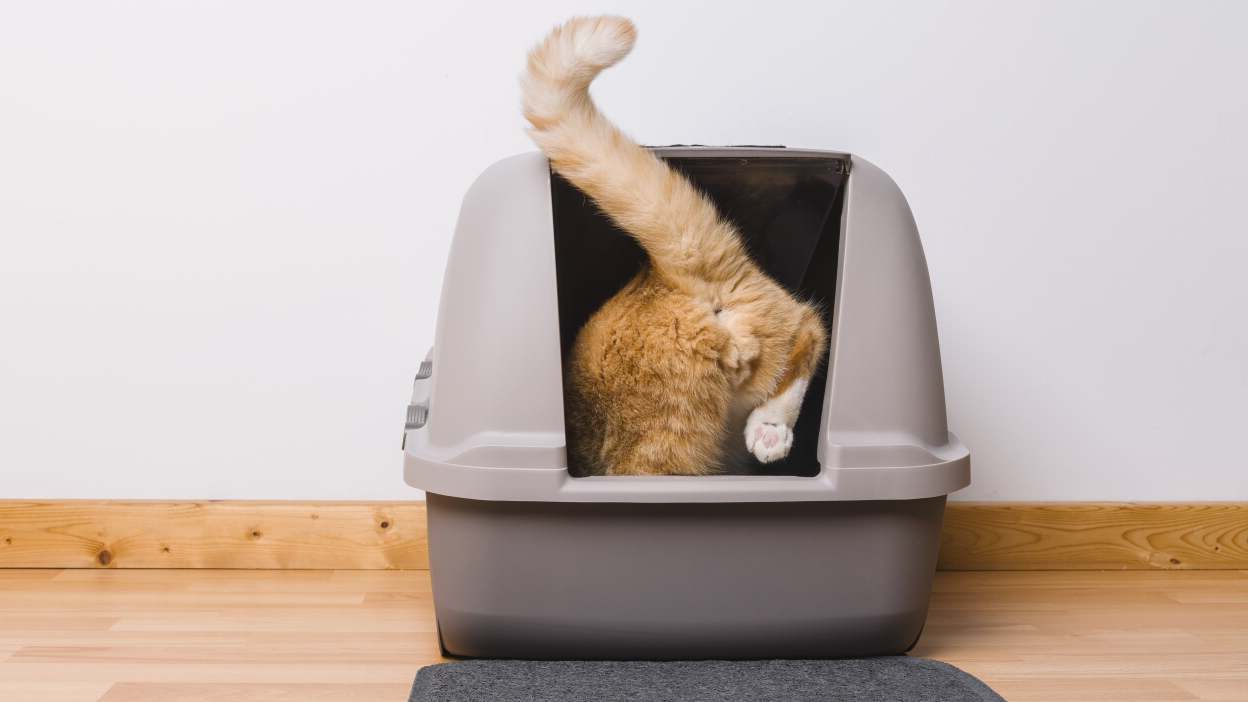

0 thoughts on “How To Get Rid Of Ammonia Smell From Cat Urine In The Litter Box”